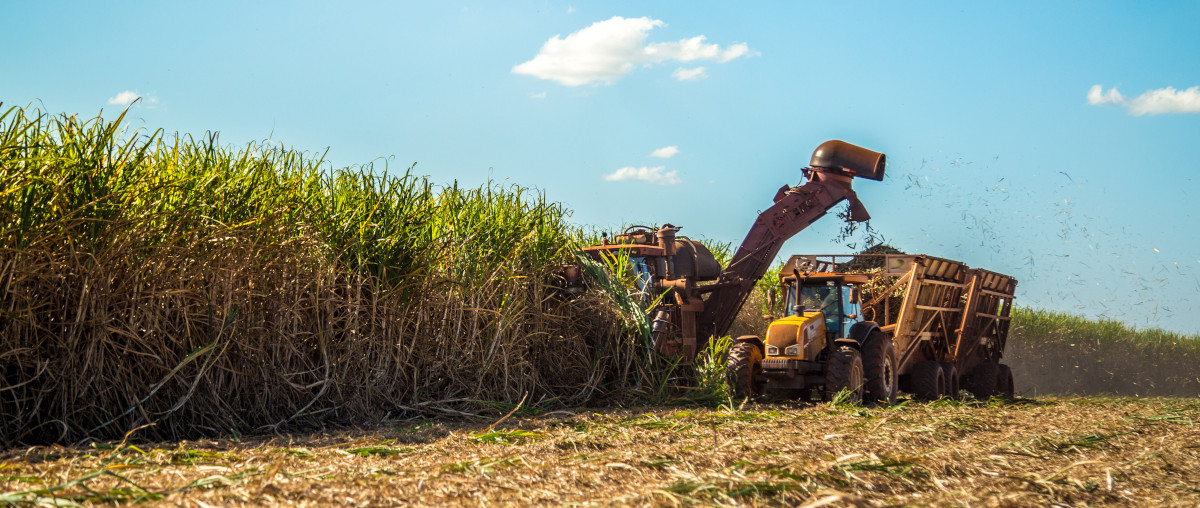Insight Focus
- Belizean mills are facing unprecedented rainfall in 2022.
- Last year, cumulative precipitation in Belize increased by 30%.
- Increasing precipitation in December and January led mills to delay the beginning of the harvest.
After recovering from a severe drought in 2019, Belize was hit by hurricane Lisa last November. Hurricane Lisa caused some damage in one of the mills and fields.
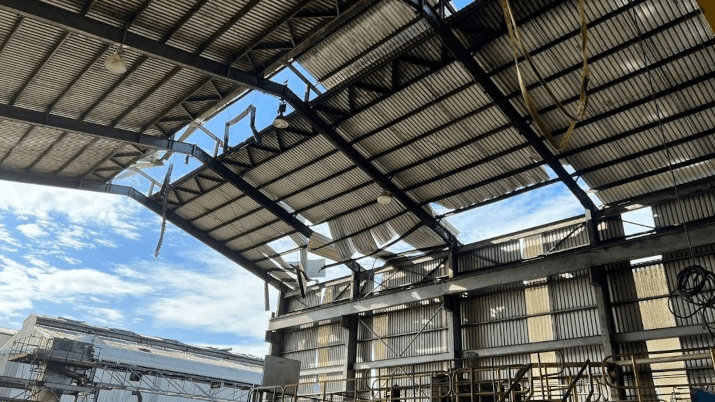
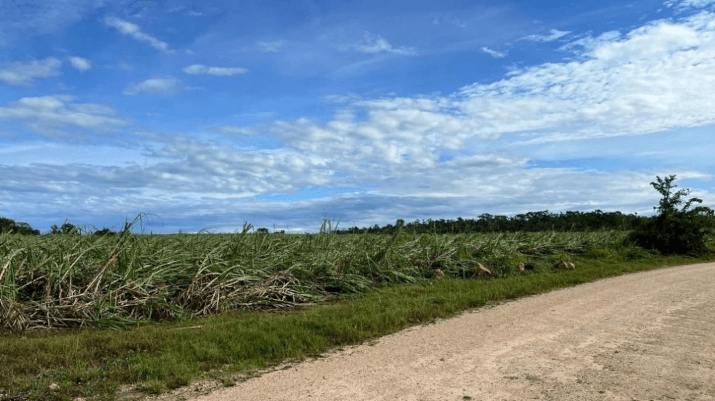
Even though this damage was repaired before the beginning of the season, Belize faced unprecedented amounts of rain in December and January. As a result, mills had to delay the start of their harvest.
Increasing Levels of Precipitation in December and January
There are two mills in Belize, one is in Orange Walk near Towerhill and the other one is in Cayo District near Belmopan. Both Towerhill and Belmopan received more precipitation than expected in 2022 because of la Niña. Usually, the rainy season in Belize takes place from June to November. After November, there shouldn’t be much rain, which is ideal for sugar mills as their season usually starts early-December.

Source: National Meteorological Service of Belize
However, this year, both Towerhill and Belmopan received more precipitation than expected in the months of December and January.
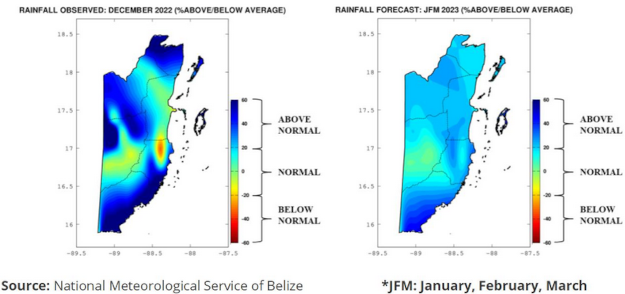
In Belize, the type of soil is mollisols which is known for having a thick, dark surface with a consistency like clay. This type of soil has lower permeability which makes it extremely difficult to harvest in wet conditions. If it rains, the soil will not absorb the rain water effectively which means that harvesters tend to get stuck in the fields. With increasing rains in December, mills delayed the beginning of the harvest to January.
What does this mean for Sugar Production?
Belize produces around 180k tonnes of sugar per year. For the last five years, excluding 2020, production has remained consistent.
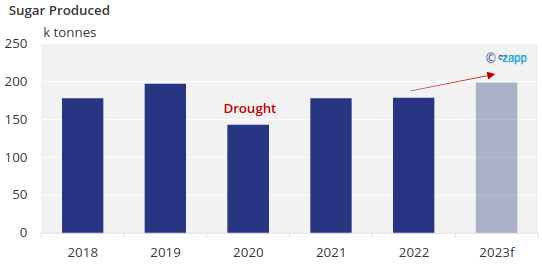
Even though precipitation in December has delayed the beginning of the season, mills should reach similar production levels as last year. Weather forecasts for the next months have improved and mills should have enough time to process all the cane they have available unlike last year.
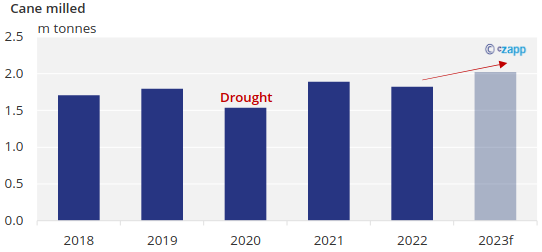
Last season, mills had to leave cane on the fields because of the weather, which explains the slight decrease in cane milled. This season, total cane acreage and mill capacity in Belize have also increased which should help increase production even if there is a decrease in cane yields because of the rains.
